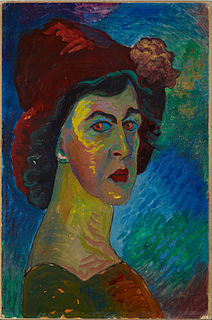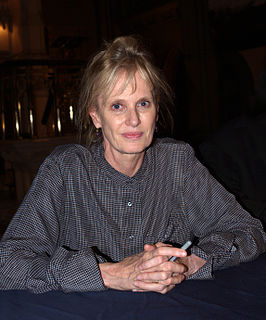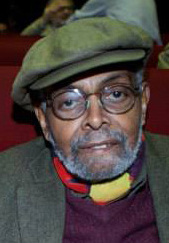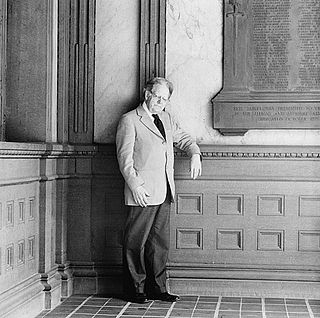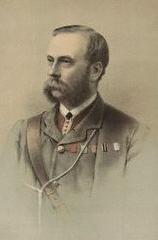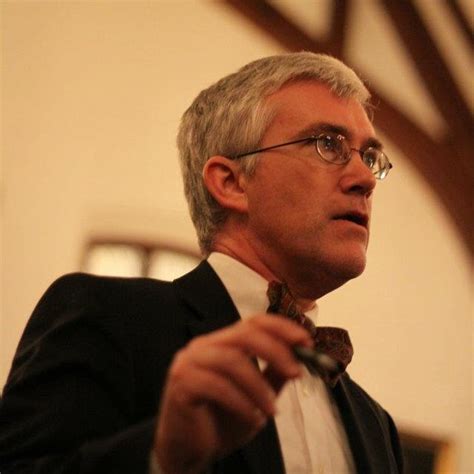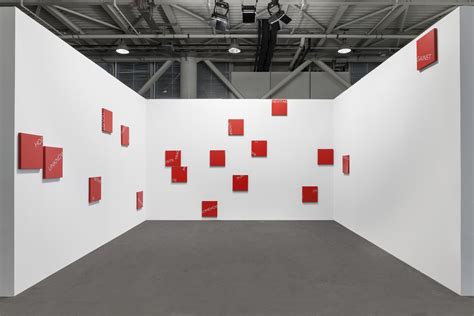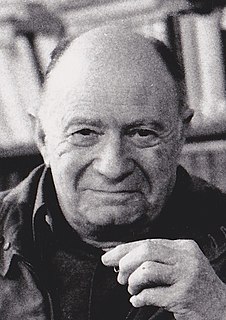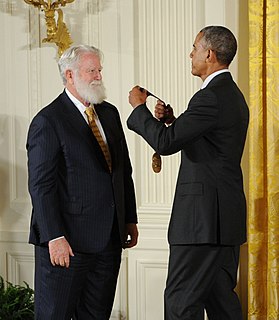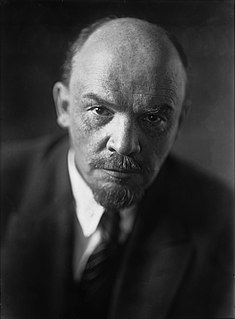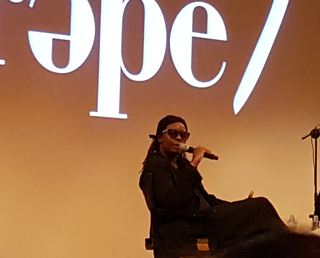A Quote by Jonathan Culler
After illuminating the work of Rembrandt, Caravaggio, Louise Bourgeois, Balthus, and other modern artists, Mieke Bal again demonstrates her extraordinary flair for cultural criticism in taking on the work of Doris Salcedo, exploring the philosophical and aesthetic stakes of this committed political art and the relation between beauty, violence, and memory. A tour de force.
Related Quotes
They gutted the book, making an action movie for 15-25 year olds. Tolkien became...devoured by his popularity and absorbed by the absurdity of the time. The gap widened between the beauty, the seriousness of the work, and what it has become is beyond me. This level of marketing reduces to nothing the aesthetic and philosophical significance of this work.
I always felt that my work hadn't much to do with art; my admirations for other art had very little room to show themselves in my work because I hoped that if I concentrated enough the intensity of scrutiny alone would force life into the pictures. I ignored the fact that art, after all, derives from art. Now I realize that this is the case.
In avant garde drama ... primitivism goes hand in hand with aesthetic experimentation designed to advance the technical progress of the art itself by exploring fundamental questions: What is a theatre? What is a play? What is an actor? What is a spectator? What is the relation between them all? What conditions serve this best?
I believe that the biblical teaching is clear. It always contests political power. It incites to "counterpower," to "positive" criticism, to an irreducible dialogue (like that between king and prophet in Israel), to antistatism, to a decentralizing of the relation, to an extreme relativizing of everything political, to an anti-ideology, to a questioning of all that claims either power or dominion (in other words, of all things political), and finally, if we may use a modern term, to a kind of "anarchism" (so long as we do not relate the term to the anarchist teaching of the nineteenth century).
I love knowing and learning about people around the world displaying my art online. Also, it's how I learn about new artists that are in various parts of the world. The positive thing about Tumblr and Instagram is that they're a fantastic platform for art lovers. I also like, when I search for my art and it says, "see also or related artists," and I see those other artists that relate to me, at least according to the internet. I think it's fascinating - it's interesting to see hashtags people are using in relation to my work. It's another tool of communication.


